The tiny house movement has gained more momentum in the last decade, but why? It is based on tiny living: owning less so that what you own doesn’t own you. It’s the belief that experiences and connections that matter, not things.
Alongside tiny house living, the tiny house movement is the turn to more sustainable living practices including choosing sustainable materials for your small house.
How do you obtain a sustainable, tiny house, and what materials should you consider?
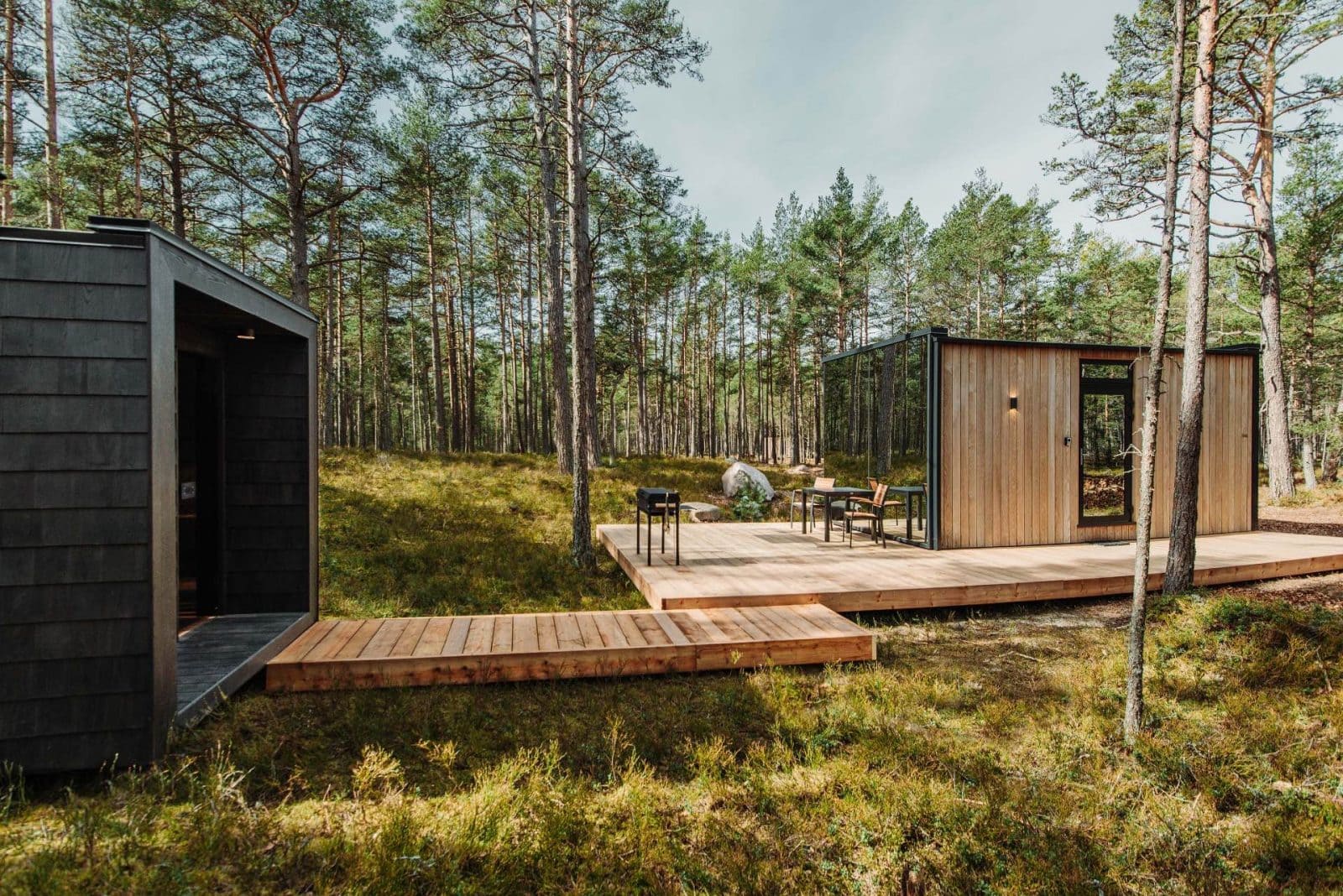
The Tiny House movement is an architectural and social movement toward tiny houses. The idea is that instead of living big as has been the trend previously, more of us choose a small space with less.
Living a simpler lifestyle combines well with the tiny house nation philosophy that having more causes more lifestyle stresses. People opt for minimalism and tiny living for different reasons.
Some find it a way to focus on what matters and reduce distractions for simpler living. Others feel that tiny house living satisfies the need to live more intentionally and mindfully.
There are also practical reasons like financial considerations and environmental consciousness. The tiny house community wish to have a lower impact on the environment. More of us are concerned with reducing our carbon footprint and ready to take action.
Plus, there is the desire to work more remotely and away from the hustle and bustle of an office. We are confronted with many things we don’t need to work and live with. The tiny house movement subsequently provides substantial financial advantages and the ability to live a simpler life filled with a different journey.
Small houses can also serve as additional on-property housing for aging relatives or returning children, as an own home office or studio space, sauna, or as a guest house.
Jay Shafer, largely credited with sparking the modern tiny house movement, built his first tiny house in 1999 and ended up living in it for five years. It was 10 square feet with a steep gabled roof and a porch. Shafer popularized little houses on wheels with even smaller square footage and launched the Tumbleweed Tiny House Company.
Whilst no fixed specification qualifies a residence as a tiny house; is usually less than 40 square meters. The tiny house movement grew from the minimalist lifestyle, thus encouraging living a more straightforward, purposeful and simpler life, in the forests, just as much as in towns and cities.
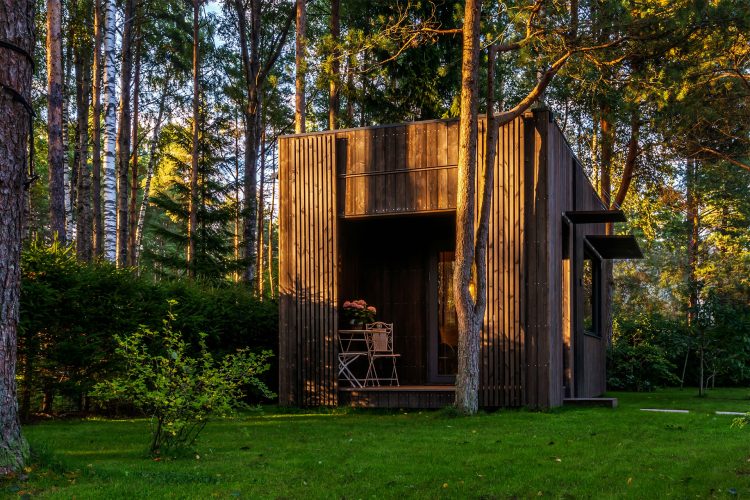
For example, the Villart Micro Office is a garden studio, which square footage is only 20 square meters, and comprises a terrace and a tiny indoor space that has been constructed with a flat roof, a wooden frame, and mineral wool for insulation. The dark exteriors and vertical boards blend in with the surrounding trees. A stone pathway passes across a grassy area to enter the tiny office. The commute to work is now replaced with a lovely stroll through the garden.
As more people consider simple living, the tiny house or tiny house movement has trended in the same direction.
Many tiny homeowners state that their quality of life and overall happiness improved when they started tiny living. They spend less time cleaning and maintaining their own home, which allows more time for leisure activities.
The tiny life allows for you to have more time and freedom to enjoy life adventures.
Moving to a tiny home is not only about less pace and possessions. The tiny house community consider it a way of life that we should embrace – a social movement.
The drive behind the tiny house movement is centered around desires of modesty and conservation, in addition to environmental consciousness, self-sufficiency, and wanting a life of adventure.
This growing tiny house movement has sprung up because most of us now carry a heavy debt burden. To achieve financial freedom, many understand the need to downsize the average-sized house to make that dream happen.
However, moving to a small house has helped many to turn this dream into a reality. Not only tiny houses’ initial cost is smaller, but tiny houses cost less to maintain as well and thus help to reduce financial concerns.
Furthermore, these reduced costs, from cleaning to utilities, mean a smaller footprint on the environment.
If you have a tiny home and a smaller space, you naturally must consider how you design it and what you need to buy to fill it with. So, thanks to the tiny house movement, most tiny home owners not only consume less but also spend less.
Less space means that every single item tiny house owners wish to buy must be an item they need and use.
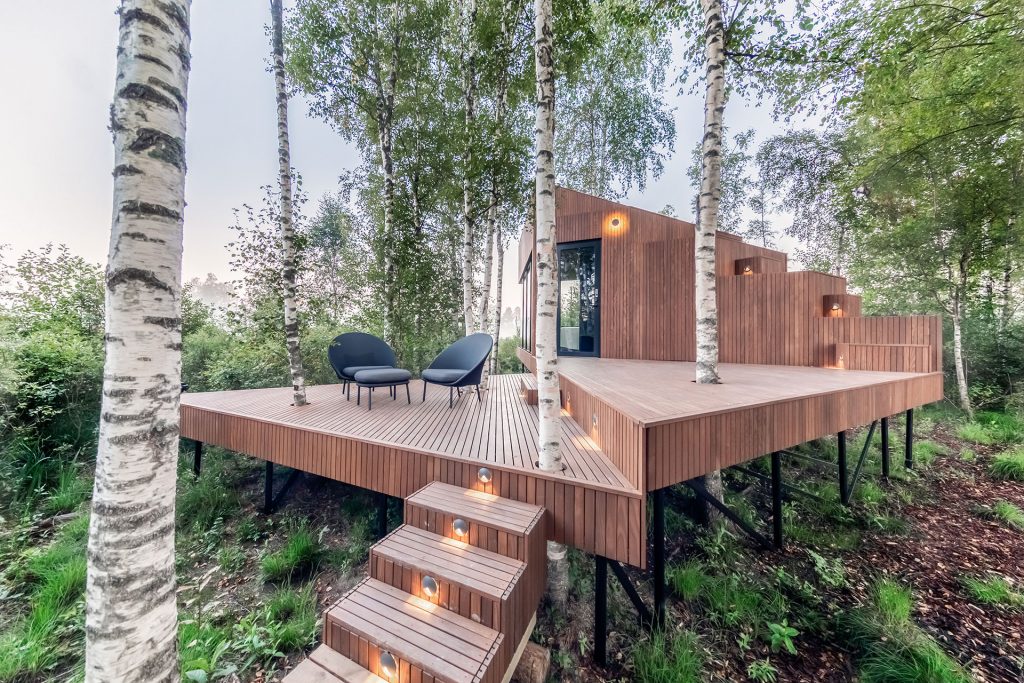
Sustainability is more critical than ever. It is a crucial element in almost every way of life – none more so than building homes. Now, more than ever, it’s essential to consider the impact of your actions on the planet, individually and as a community.
But what importance does sustainability play when using construction materials?
When choosing building materials for your tiny house, you should consider their lifespan, from their origin to their disposal. Regarding decking (or panelling) materials, homebuilders can measure a product’s sustainability and eco-friendly qualities from manufacture to demolition.
Using materials such as thermally modified wood instead of plastics and concrete ensures durability and is a far more sustainable option.
Using sustainable materials leads to less waste, less energy consumption and less landfill waste than other types of materials. In essence, a more negligible impact on the environment. In short, timber has a lower life cycle cost than other materials.
Beyond reducing our carbon footprints, using sustainable materials adds more value to properties, including tiny houses. Materials like timber, provide high-quality, exceptional durability, low maintenance and a more pleasing aesthetic.
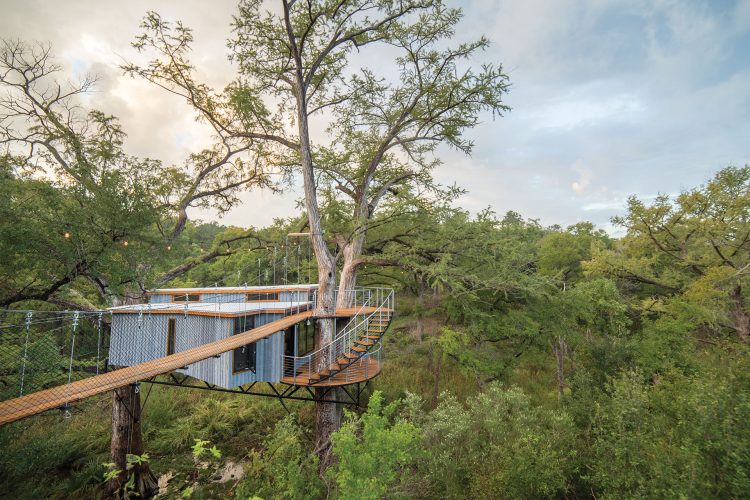
And it is not only tiny homes that are using sustainable materials. More and more companies are now joining the tiny house movement by building small hotels and guesthouses made of sustainable materials to entice guests to stay. Especially those seeking to reduce their carbon footprint as part of their travels.
The Maidla Nature Resort and ÖÖD houses in Estonia and the Yoki Treehouse, an eco-retreat in Austin, Texas, are prime examples of sustainable tiny house accommodation using thermowood.
Timber is considered the most sustainable building material within the housing and building industry. With a low embodied carbon footprint, homebuilders can use it to maximise a project’s green credentials.
The tree obtains the elemental constituents of the material through a natural process that works on a timescale ranging from decades to centuries. Compared to the fundamental components of concrete or steel, timber is a more readily accessible and sustainable building material.
Timber is renewable, whilst concrete and steel materials are not.
Planting more trees increases carbon sequestration, which takes up atmospheric carbon dioxide from trees and other plants. The timber used in building tiny houses and tiny guest homes aids in reducing the amount of carbon dioxide in the environment. Unlike steel and concrete, which consume more resources to make.
Tiny houses are a winning solution in all aspects. They are beautifully designed with both singletons and couples in mind, allowing anybody to live comfortably in a tiny home.
More importantly, concerning financial viability, they are more affordable and offer freedom to tiny house owners seeking to reduce their risk of being tied to a mortgage their entire lives.
After all, one of the most significant benefits of a tiny home is cost savings. Because the tiny house living area is much smaller than in a typical American home, tiny homeowners have reduced electricity bills, lower monthly payments, and lesser upkeep costs. On top of that, the tiny home will cost less to buy upfront or have lower rental payments.
The tiny house movement is also a greener way of living with healthier options for ourselves and the planet – making an impact for all who live amongst us.
Are you looking to build your own tiny home? Read more about how to choose the best cladding material.
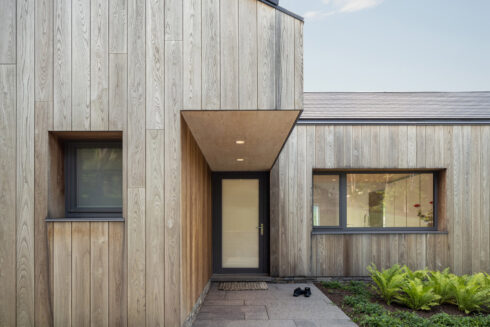
Contemporary...
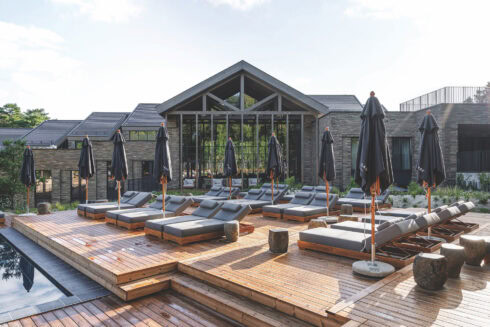
Wood decking adds...
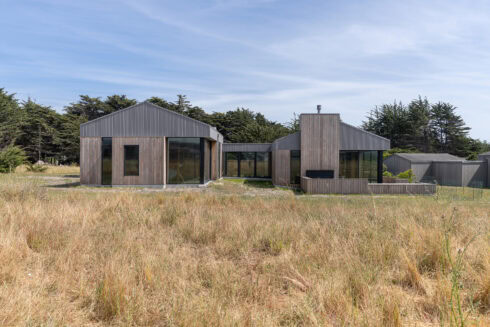
While a wood species’ natural properties play an important role in determining the timber cladding’s durability, they’re only part of the...
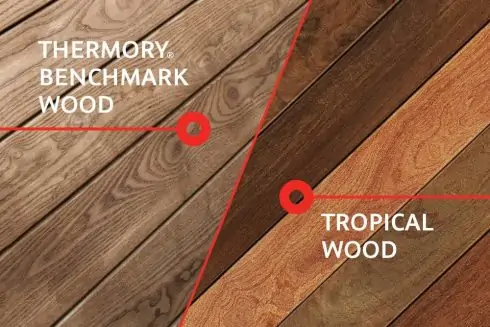
As the construction and design industries evolve, so does the demand for sustainable, high-performance building materials. For over 25 years, Thermory has...
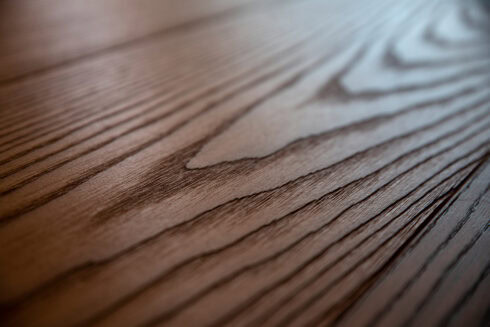
Picture a wood that balances elegance, durability and versatility – a natural material that not only meets your demands but also exceeds your...
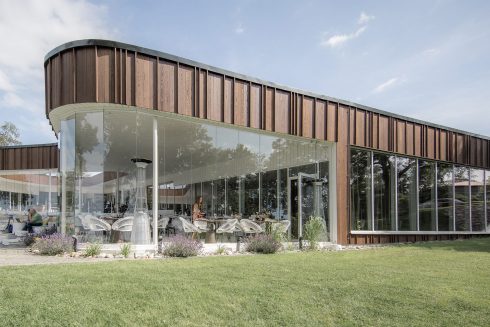
Combining different wood species, finishes and profiles brings variety to any interior or exterior design, delivering a tantalizing injection of texture and...
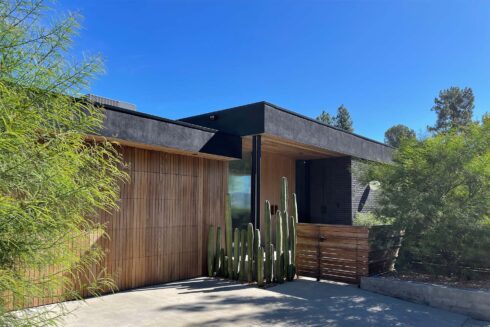
We were curious about the architecture trends and the popularity of timber in Australia, so we asked our down under partner, McCormacks Australia, to tell...
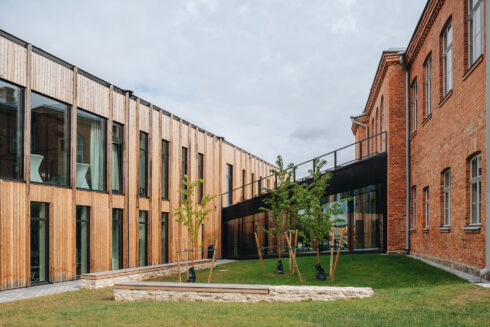
With the EU, US and many other countries aiming to achieve carbon neutrality by 2050, sustainability is not just a construction trend anymore, but it’s...
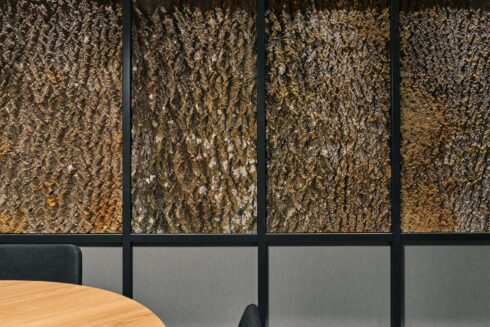
In the quest to shift our world towards more sustainable practices and circular processes, designers are increasingly turning their attention to...
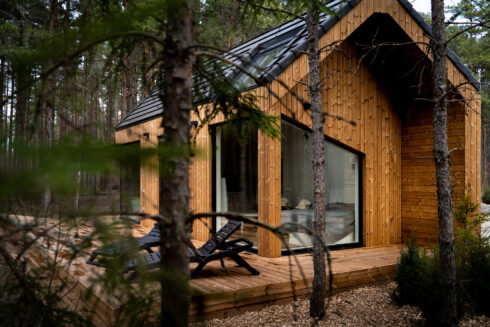
Sometimes, the best place to unwind and get away from it all is a secluded forest cabin in breathtaking surroundings. Find inspiration for your next...
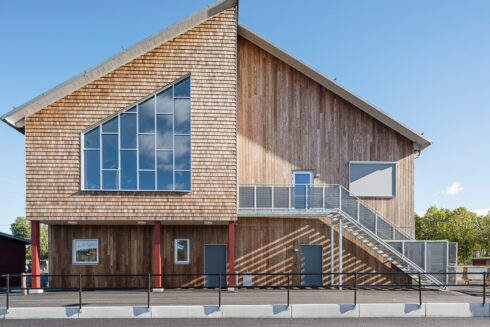
When it comes to designing and constructing educational spaces, choosing the right materials is crucial. There has been a growing trend towards...
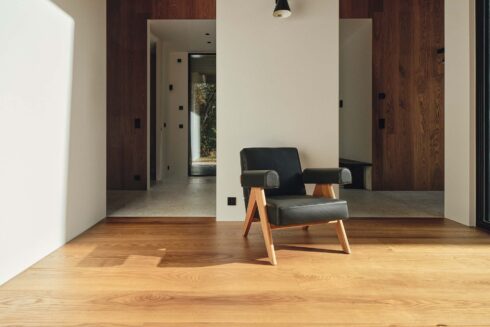
In the world of interior design, trends come and go, but some elements remain eternal, providing a sense of warmth, comfort, and timelessness. Among these...
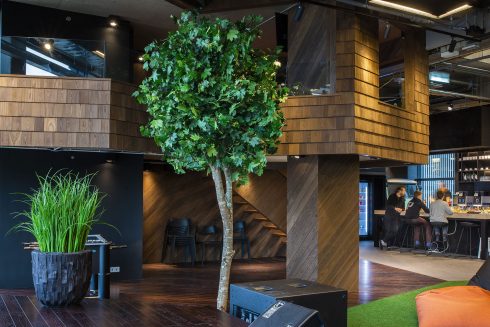
In a world increasingly dominated by sleek, modern designs, incorporating natural elements into your workspace can breathe life and warmth into an otherwise...
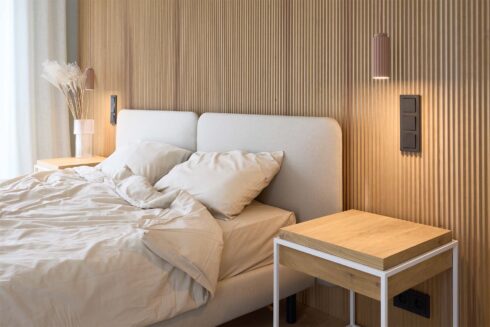
A new high-rise trend has taken over households around the world. Wood slat walls have aesthetic appeal and offer visual interest both indoors and outdoors....
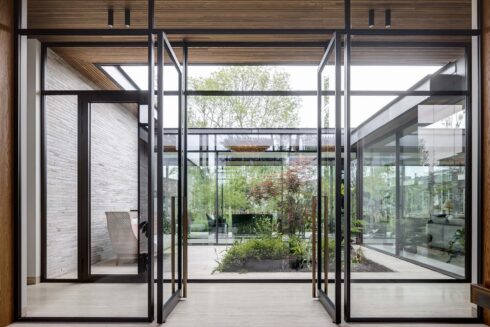
As architects and landscape designers, creating indoor outdoor living spaces that are sustainable and eco-friendly is more important than ever. With a...
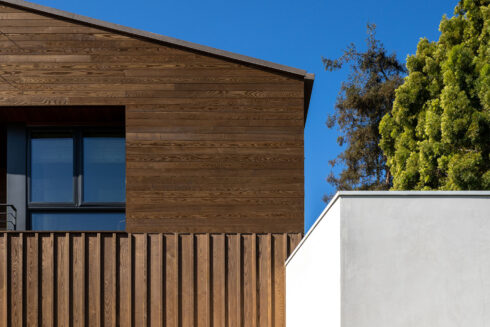
Wood is a highly valuable material and although it grows abundantly, we must treat this natural resource with respect and create value from even the smaller...
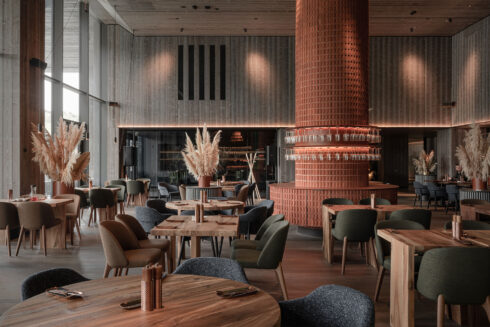
The world is constantly evolving – and with it, the choices we make when setting up our homes to be ideal living spaces. With recent events compelling us...
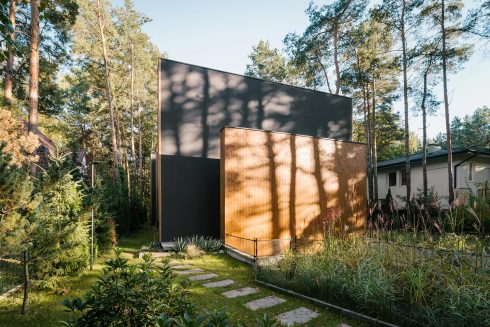
From intimate spaces like our homes to public urban areas, the environment surrounding us has a big effect on our well-being. Recent turbulent years have...
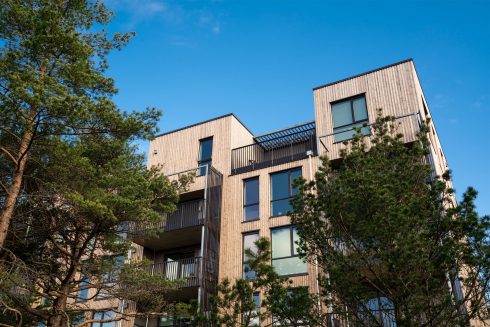
Finding the best solution to clad buildings is important for several reasons – as well as defining the look and feel of your design, it also has a major...
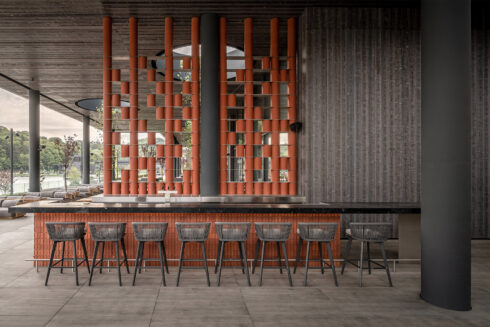
Thermory Design Awards is part of Thermory 25 celebrations for acknowledging and rewarding our...

Curators of Tallinn Architecture Biennale 2022 exhibition “Edible ; Or, The Architecture of Metabolism”, Lydia Kallipoliti & Areti...
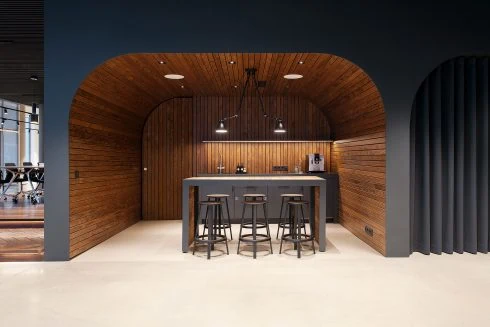
The aim of biophilic design is to create buildings and spaces that enable harmonious, naturally enjoyable experiences for their users by promoting the...
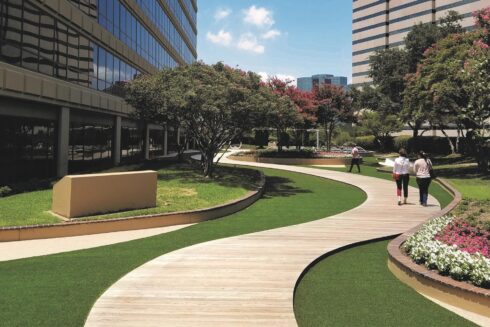
The purpose of biophilic design is to create spaces that deliver benefits for both human health and the environment by nurturing people’s innate affinity...
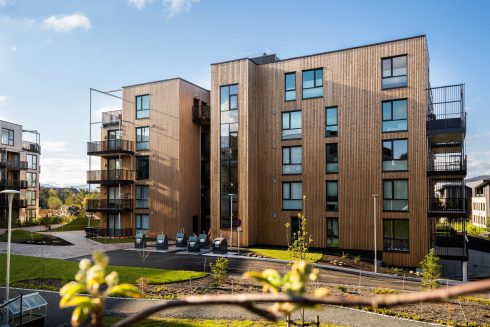
Natural wood can be used in many different ways. The beauty and versatility make wood unequalled building material. As both an interior and exterior design...
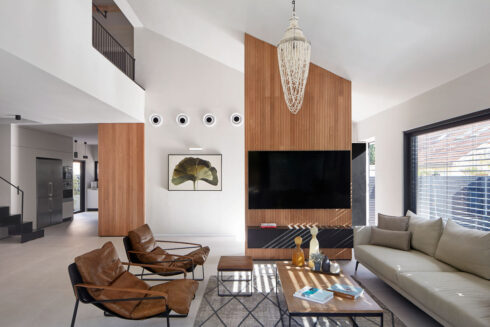
Wood is like wine; it just gets better with age and never seems to lose its beauty. Even with the increasing number of modern materials, we prefer wood for...
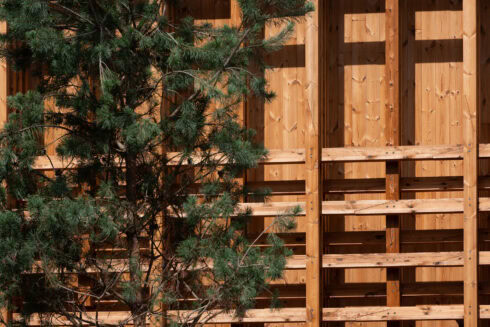
When it comes to...
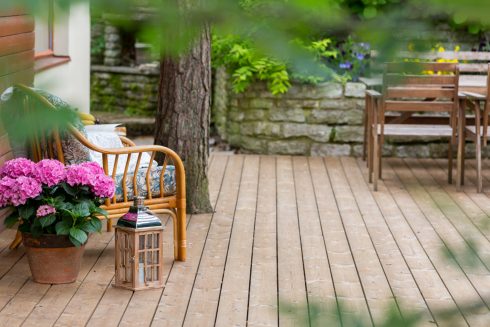
Home is where the heart is – a place where the whole family can feel safe and warm. The building materials you choose should enhance this feeling and...
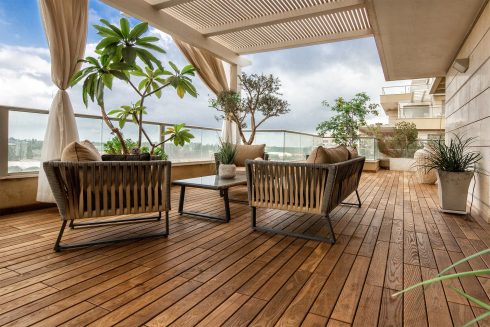
Wood is one of the most common building materials in the world and, with responsible forest management, it is the only renewable building material we have....
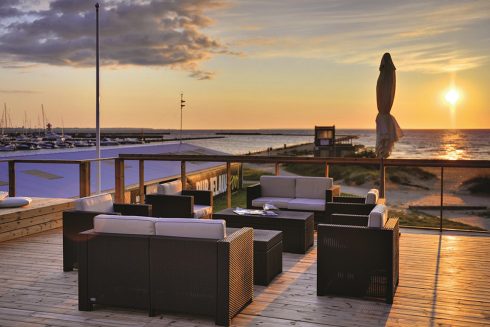
The decking in your home bears witness to numerous magnificent and memorable moments. On warm days we sit on the deck and bask in the sunshine, at night we...

Thermally modified wood, often referred to as thermowood, is real wood enhanced using only heat and steam to improve its durability, dimensional stability,...
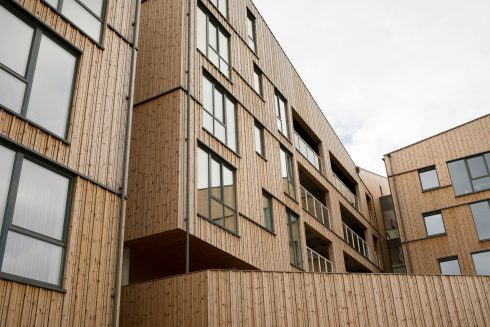
Thermally modified wood offers a unique combination of beauty, durability, and versatility. If you’re searching for fresh exterior cladding ideas,...
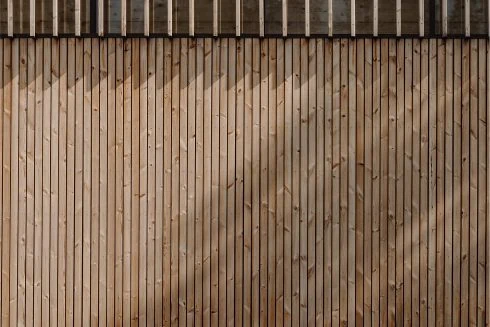
With rising concerns about climate change, the world community’s responsibility to reduce our carbon footprint rests with each and every individual and...
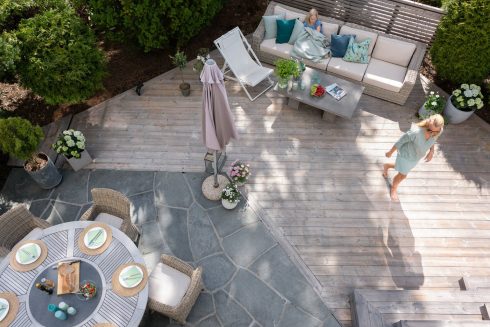
As a natural material, the color of wood alters over time – and there is no exception with Thermory’s thermally modified wood products, which gradually...
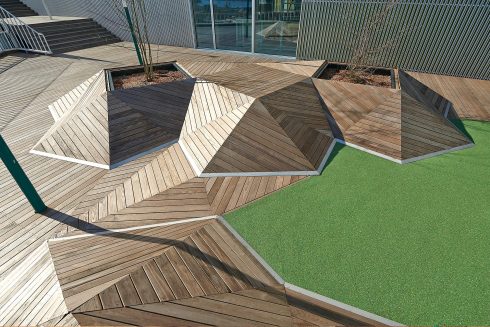
You’ve selected the perfect decking for your outdoor space – now you just need to decide how best to secure it in its chosen location. There are two...

Wood is a sustainable and versatile material with an almost limitless range of uses, including construction, tools, paper and fuel to name just a few. But...
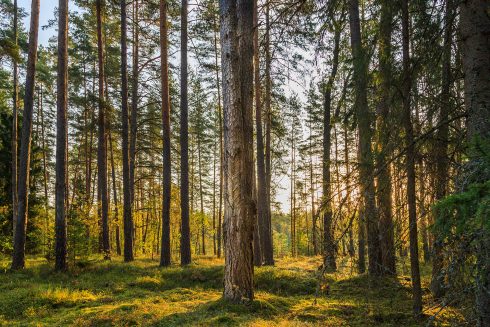
Ensuring the highest quality with the smallest possible ecological footprint and responsible use of resources are all principles that we consider important...

Throughout the history of architecture, surely no other material has been as influential as wood. It’s rare to see a building that’s been produced...
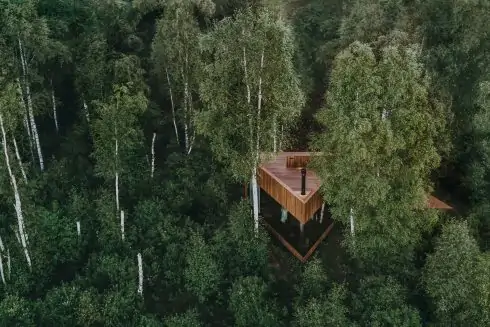
A trend is taking root in the worlds of architecture and interior design based on using natural materials and living plants to better...

If you’re considering which wood types to use for a renovation or construction project, there are several considerations that may influence your decision...
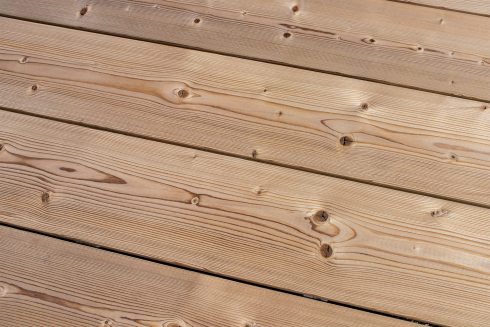
The wood-paneled interiors so common to mid-century homes have become sought after again, as many seek the warm, cozy feeling that the natural material...
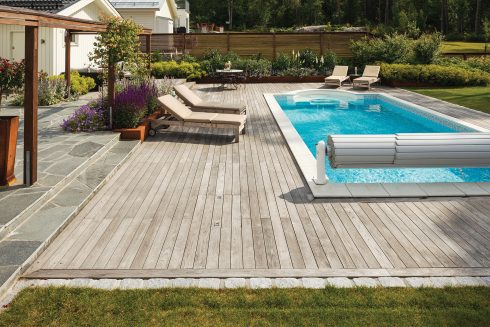
The warmth of springtime is fast approaching, and our thoughts are naturally turning towards spending more time outside. If you have a wooden terrace or...
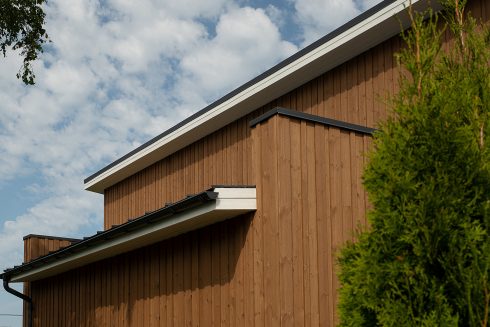
To ensure that your Thermory cladding retains its natural warm and authentic character, it’s important to apply the correct maintenance techniques. The...
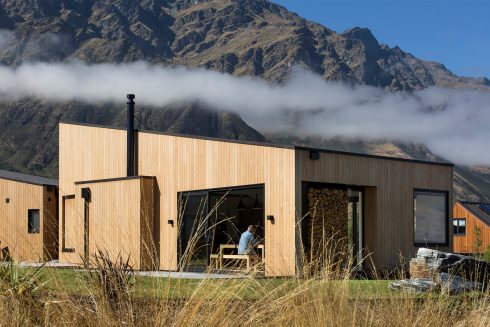
No matter where you live when you’re choosing a decking or cladding material, you’ll have to be mindful of how that material will change over time...

In 2022, the global megatrend of sustainable architecture and building practices will continue. Architecture trends influence the choice of materials both...

BENCHMARK THERMO-PINE CLADDING C4 20x115 / 26x 115, DECKING D4 26x115
ESTONIA
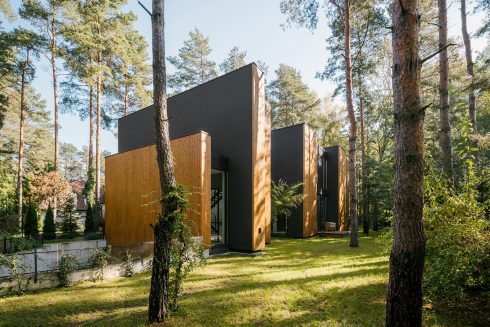
BENCHMARK THERMO-PINE
POLAND
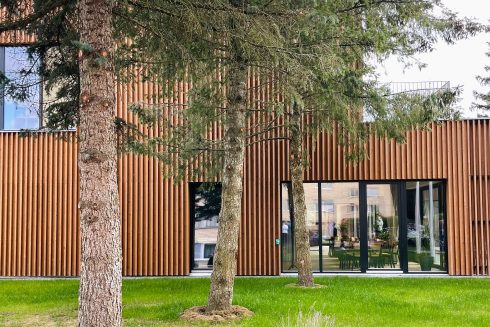
BENCHMARK THERMO-PINE
LITHUANIA

THERMORY THERMO-PINE MIX & MATCH CLADDING
NORWAY
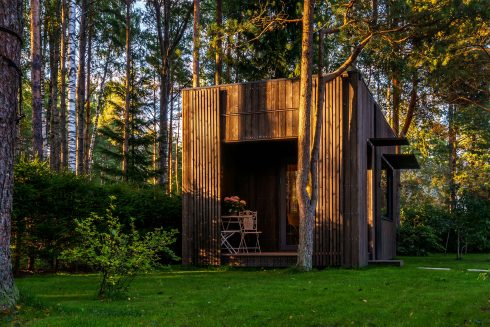
THERMORY BENCHMARK THERMO-SPRUCE BRUSHED CLADDING, THERMO-ASH DECKING AND FLOORING
ESTONIA

THERMORY BENCHMARK THERMO-PINE CLADDING C4
NORWAY
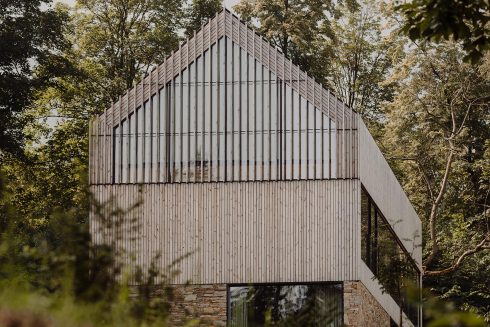
THERMORY BENCHMARK THERMO-PINE CLADDING AND ROOFING
POLAND
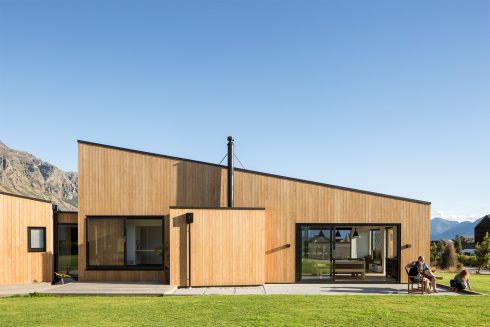
THERMORY BENCHMARK THERMO-RADIATA PINE CLADDING C3
NEW ZEALAND
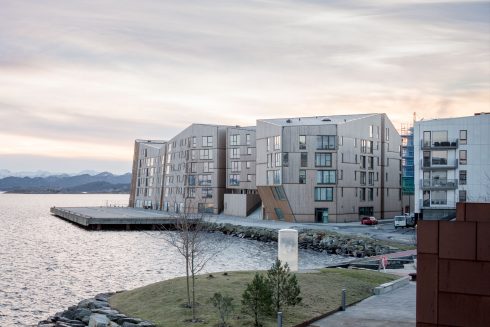
THERMORY BENCHMARK THERMO-PINE CLADDING C3 20X115 MM, ROOFING C10 20X140 MM AND DECKING D4 SG 26X140
NORWAY
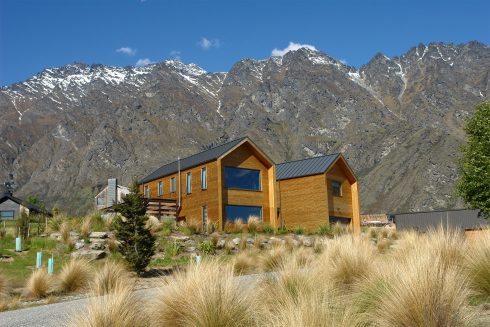
THERMORY BENCHMARK THERMO-PINE CLADDING C8 26X140 MM
NEW ZEALAND
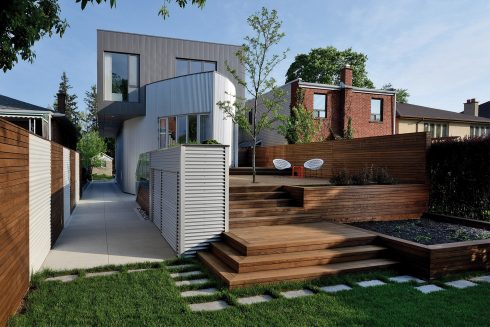
THERMORY BENCHMARK THERMO-ASH DECKING D31
CANADA
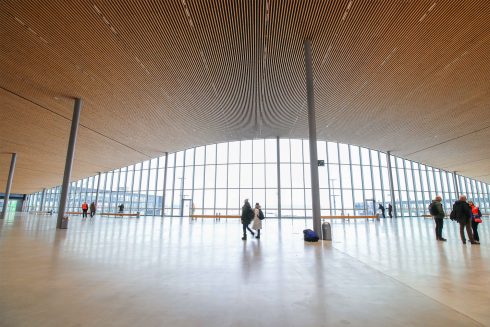
THERMORY BENCHMARK THERMO-PINE
FINLAND

THERMORY BENCHMARK THERMO-ASH CLADDING C5 20X72/140/190MM, BRUSHED AND THERMO-ASH MEDIUM FLOORING F5 18X245
ESTONIA